Amritsar: Unity in division
A lesson in unity and tolerance awaits you at this historic and holy border city.
The Indian Golden Triangle is the only journey where you can look at three contrasting dynasties and kingdoms separated by time and distance. Delhi was home to the Delhi Sultanate (1206 – 1526) that paved the way for the Mughals (1526- 1857) who transitorily opted for Agra as their capital city and from whence the Mughal Dynasty flourished. And Jaipur, although built in the 1700s, is the epitome of the might and power of the Rajputana region that flourished from 7th – 12th century, and one that endured right up to the age of the British rule.
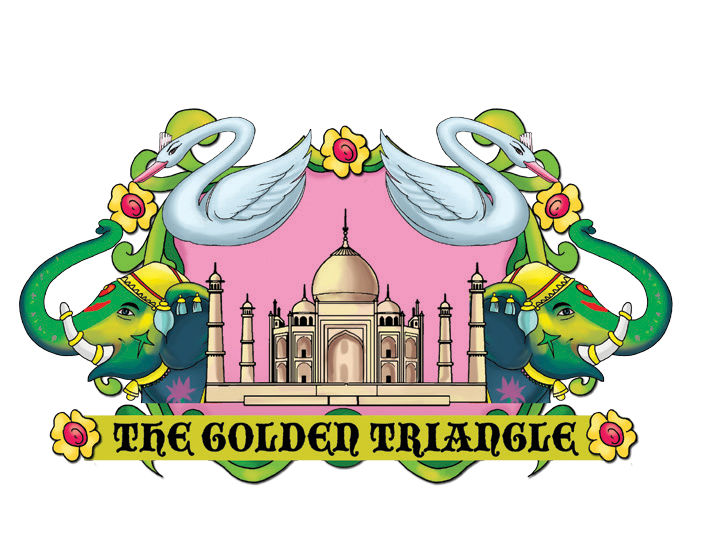
Students understand contrasting histories of three different dynasties that flourished at different times in Indian history. Jaipur is the first planned city of India. Agra is perhaps the only place that offers a city-sized remnant from the Mughal era, a grand fort and the world’s grandest mausoleum complex, the Taj Mahal. The Qutb Minar in Delhi is the Sultanate’s celebration of its glory days; while Lutyen’s Delhi showcases lasting British influences from the peak of its colonial might.
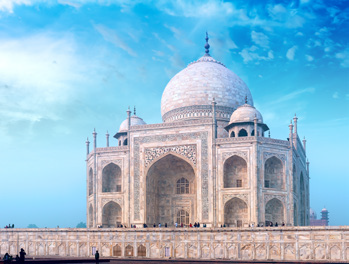
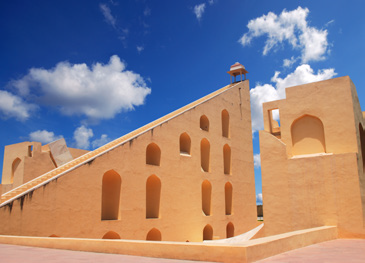
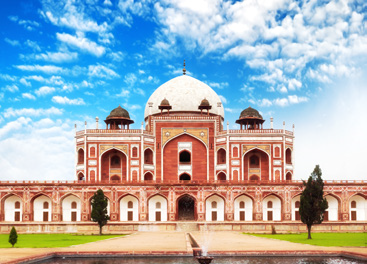
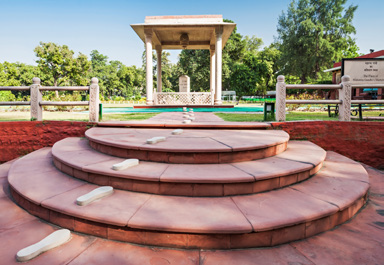

Any student of your school in the age group of 7-17years (Class II- XII) is welcome to join this program provided the child faces no serious medical conditions which may be difficult to address satisfactorily during the journey. Also, any adult who is not a member of the school staff or management is not allowed to join the school group.
As teachers are the legally appointed guardians of the students for the entire course of the journey, it is advisable that the selected teacher/s are experienced and have the capacity to address issues related to student safety, well-being and behavior. Physical fitness and travel experience are added advantage as most programs are fast-paced and hectic.
The accepted industry practice is of 1 adult per 10 students (1:10).
Underpinning each EdTerra journey is the concern to address student safety at all levels. Being an ISO 9001: 2008 company, EdTerra complies with globally accepted standards for efficient processes, including rigorous safety standards.
The accompanying EdTerra Journey Mentor provides daily updates on the EdTerra Facebook page (like us at edterraindia), along with photographs of the day’s activities for parents to keep a track of the journey progress. Parents are also provided with contact details of the hotels where students will be staying during the journey. The school may permit students to carry their mobiles or share the number of the lead teacher.
On account of student safety, EdTerra does not allow any child to meet/visit any relatives during the journey. For every EdTerra journey the rule is simple, you move out of your school/city as a group and you return as a group.
EdTerra provides wholesome and hygienic food during the journey. An ample variety of local cuisine is provided as a part of the travel experience.
Depending on the location and time/season of travel, EdTerra will provide an exhaustive to-pack list, enabling students to pack appropriately for the journey.
Depending upon the program selected, distance from home city and duration of the program, overnight travel may be considered as an option for travel to/ from the destination.
EdTerra journeys operate on a minimum group size of 30 paying pax, and multiples thereof.
"EdTerra is an education company. The entire US Edventure was a testimony to their commitment... Such an inspirational journey!"
Brother L.D. Lobo
Principal, St. Columbas' School
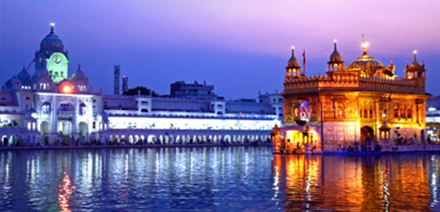
A lesson in unity and tolerance awaits you at this historic and holy border city.
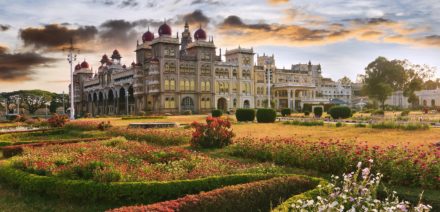
The Southern Triangle is your ticket to explore the history of the Wadiyar Dynasty and all the way down to the reign of Tipu Sultan.
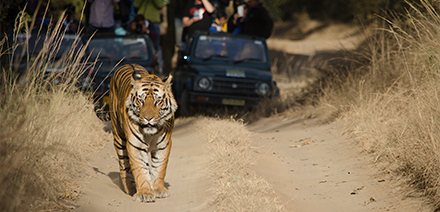
The oldest national park of India, made famous by the tales of its man-eating tigers, holds myriad lessons for the nature lovers and thrill seekers.